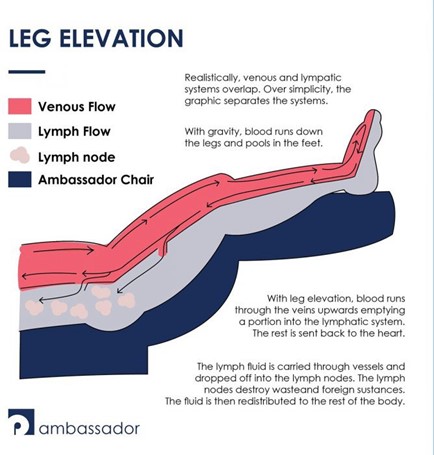A nurse is caring for a client who has a traumatic brain injury. The client, who has been quiet and cooperative, becomes agitated and restless.
Which of the following assessments should the nurse perform first?
Motor responses.
Blood glucose.
Urinary output.
Blood pressure.
The Correct Answer is D

A change in behavior such as agitation and restlessness in a client with a traumatic brain injury can be a sign of increased intracranial pressure.
The nurse should first assess the client’s blood pressure as an increase in blood pressure can be an indicator of increased intracranial pressure.
Motor responses are not the first assessment that should be performed.
Blood glucose is not the first assessment that should be performed.
Urinary output is not the first assessment that should be performed.
Nursing Test Bank
Naxlex Comprehensive Predictor Exams
Related Questions
Correct Answer is B
Explanation
“Monitor urinary output for retention.” Urinary retention is a common side effect of opioid use and should be monitored.
Choice A is not correct because itching can be a side effect of opioids and does not necessarily indicate an allergic reaction.
Choice C is not correct because restricting fluid intake can worsen constipation.
Choice D is not correct because antiemetics may be prescribed to manage nausea and vomiting, which are common side effects of opioids.
Correct Answer is C
Explanation
The nurse should place the client in a position with their feet elevated.

This position helps to increase blood flow to the vital organs and can help improve the client’s blood pressure.
Choice A is not the answer because the Reverse Trendelenburg position does not help improve blood flow to vital organs.
Choice B is not the answer because the side-lying position does not help improve blood flow to vital organs.
Choice D is not the answer because High-Fowler’s position does not help improve blood flow to vital organs.
Whether you are a student looking to ace your exams or a practicing nurse seeking to enhance your expertise , our nursing education contents will empower you with the confidence and competence to make a difference in the lives of patients and become a respected leader in the healthcare field.
Visit Naxlex, invest in your future and unlock endless possibilities with our unparalleled nursing education contents today
Report Wrong Answer on the Current Question
Do you disagree with the answer? If yes, what is your expected answer? Explain.
Kindly be descriptive with the issue you are facing.
